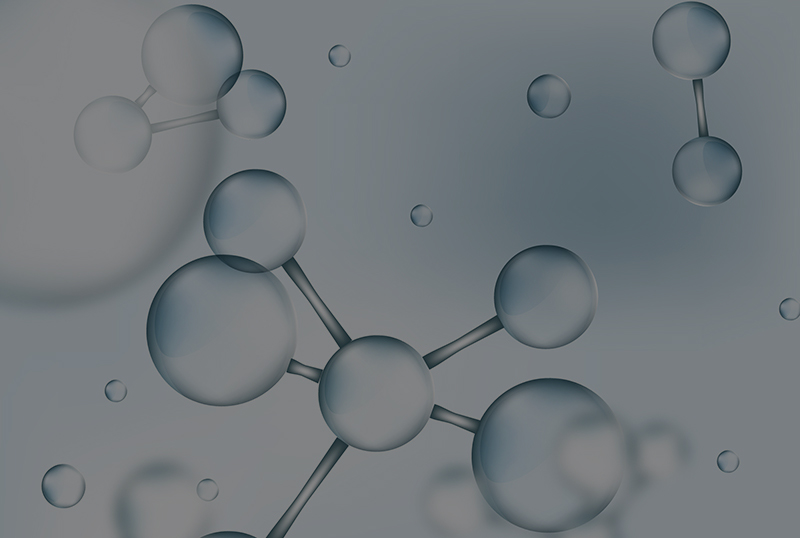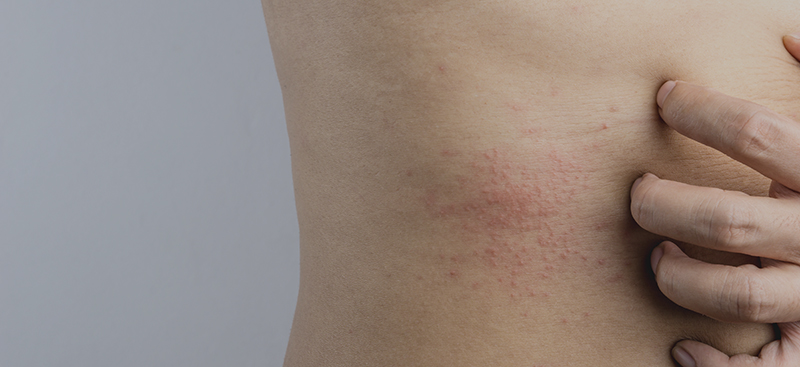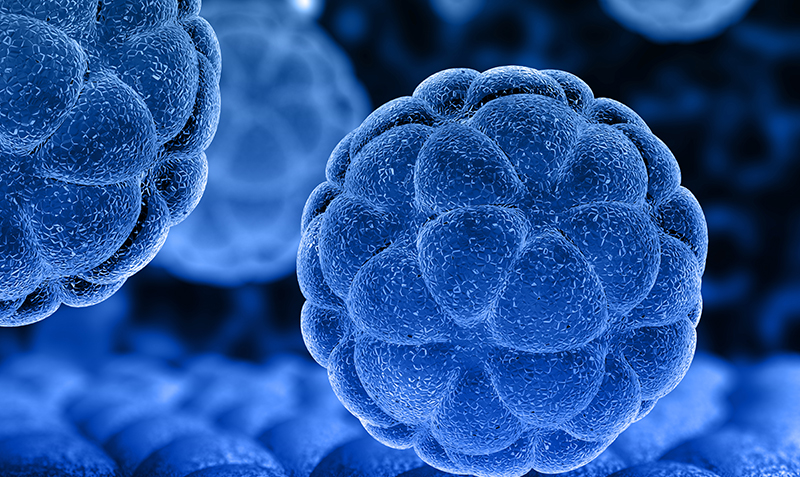
Allergic rhinoconjuntivitis, rhinitis and urticaria are major health problems that affect a sizable portion of the population of all ages, interfering with quality of life and resulting in an important burden for the health system.
First generation antihistamines have major unwanted effects, including sedation, weight gain and anticholinergic effects. Second generation H1-antihistamines (SGAHs) are free from the unacceptable side effects of the first-generation ones and are now preferred by physicians and patients as first line therapies.
SGAHs have a good absorption profile, whenever administered orally, with effective plasma concentrations being reached in most of them within 3 hours after dosing. Their liposolubility permits the crossing of cell membranes, helping their bioavailability.
Regarding their metabolism and elimination, H1-antihistamines bind to transporter plasmatic proteins, with plasma protein binding varying from 60 to 95%. The higher plasma protein binding, the less persistent antihistamine effects. Benzodiazepines may decrease H1-antihistamines plasma concentrations. Macrolides, antifungals and calcium antagonists may increase plasmatic concentrations.
H1-antihistamines are well tolerated for allergic rhinoconjunctivitis at the usual dosage. In respect to urticaria, their efficacy is attributed to their H1-antihistaminic activity on small unmyelinated afferent C-fibers to reduce itching, on axonic reflexes to reduce erythema and on the endothelial cells of the post-capillary venules to reduce extravasion and wheal formation. Most H1-antihistamines appear to have anti-inflammatory effects including the reduction of production of preformed and neoformed mediators, cytokines, chemokines and adherence molecules, inflammatory cell recruitment and inflammation in general.
This article summarizes an update on the clinical pharmacology, mechanisms of action and safety of the second-generation antihistamines.



















